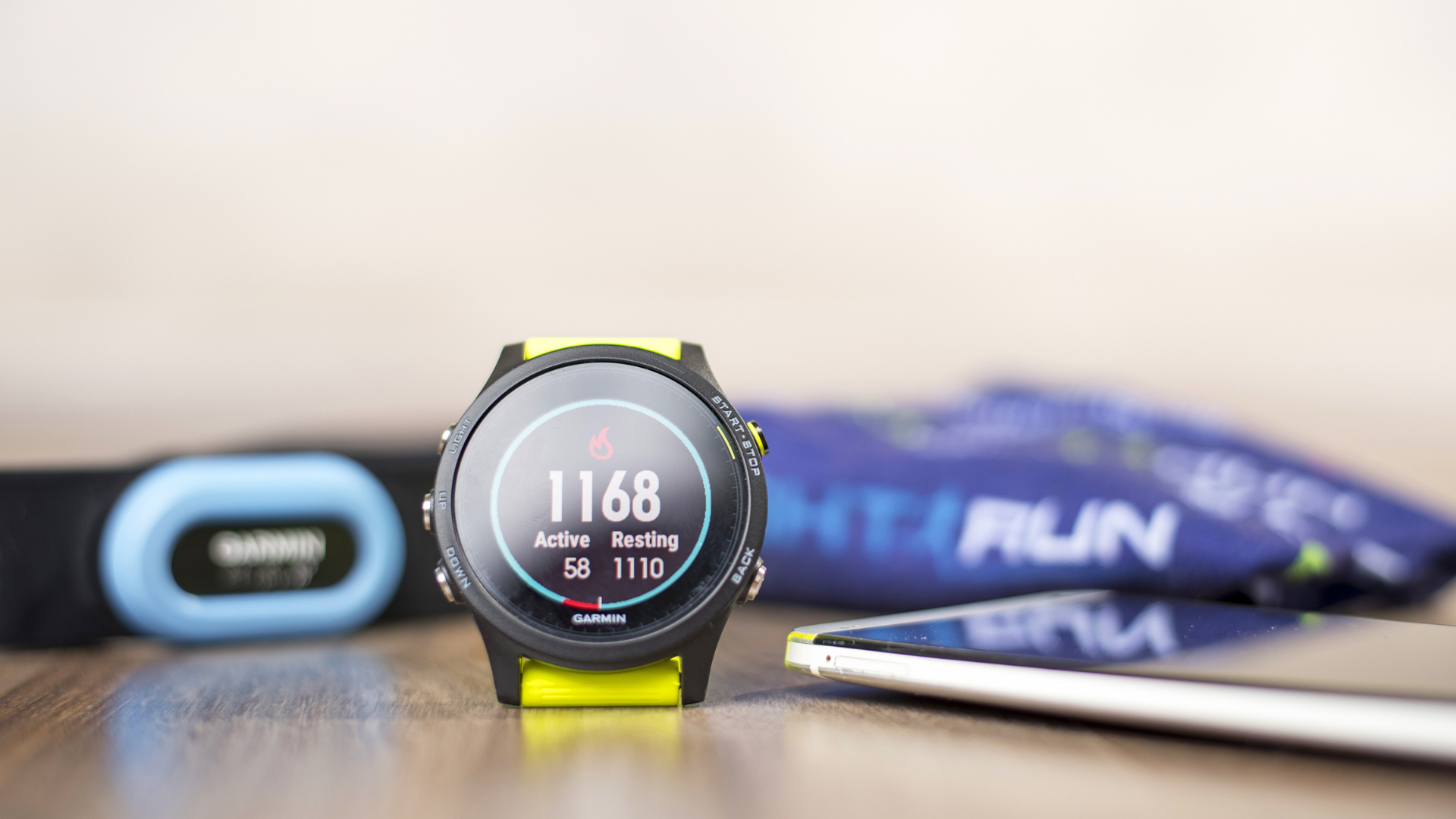Garmin has announced its acquisition of sports timing technology company MyLaps. This follows the announcement this spring of the Garmin Marathon Series, marking Garmin’s first venture into organizing its own competitive racing events. It’s no coincidence that MyLaps specializes in integrated timing, live tracking, and performance analysis tools. These two moves on Garmin’s end could point to a promising future for the quality of race stats sent straight to your Garmin watch.
What Garmin’s acquisition of MyLaps means for you
According to its press release, MyLaps will continue to be a standalone company, and with Garmin hopes to “set a new standard for performance-focused training and race-day technology, in motorized, active and equine sports.” But what does that actually look like?
Put simply, MyLaps products break down into the following core timing system technologies:
Transponders/chips: Each participant wears a transponder or race chip with a unique ID.
Detection mats: These are the mats you cross at throughout a race that pick up on your transponder.
Decoders and timing software: Their products can set up, time, create, and publish race results into readable information.
So, from the outside, this MyLaps acquisition and the Marathon Series launch look perfectly aligned. Currently, athletes face a persistent challenge: the discrepancy between their personal device recordings and official race times. Whether it’s hitting the start button a few seconds late, missing a lap marker, or stopping the watch too early at the finish line, these kinds of human error can be incredibly frustrating.
Imagine, instead, a world where your Garmin device receives a signal from MyLaps timing infrastructure the instant the race officially begins, eliminating start-line button fumbling. There’d also be more precise lap timing, so each MyLaps mat you cross automatically records splits on your device. Then at the end of the race, your watch stops recording the exact moment you cross the finish line, matching your official time down to the millisecond. This sort of integration would provide athletes with way better accuracy in their performance data. I know I’d love to eliminate the common post-race ritual of manually adjusting watch times to match official results.
The bottom line
Garmin now possesses both the hardware ecosystem (watches and fitness trackers) and the professional timing infrastructure to make sure your official race times and personal device tracking actually match up. The results from this integration could truly benefit the broader running community. With aggregated, anonymized performance data, Garmin could help improve pacing strategies, course design, and training plans based on real competitive performance, rather than just training data alone.
The first Garmin Marathon Series events this fall could serve as testing grounds for all this. Currently, registration for the Garmin Marathon Series is open for all race distances in Toledo and Tucson.
